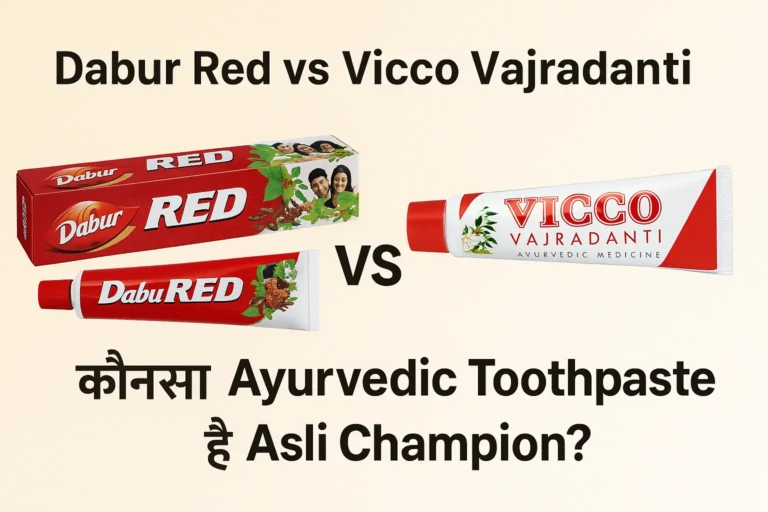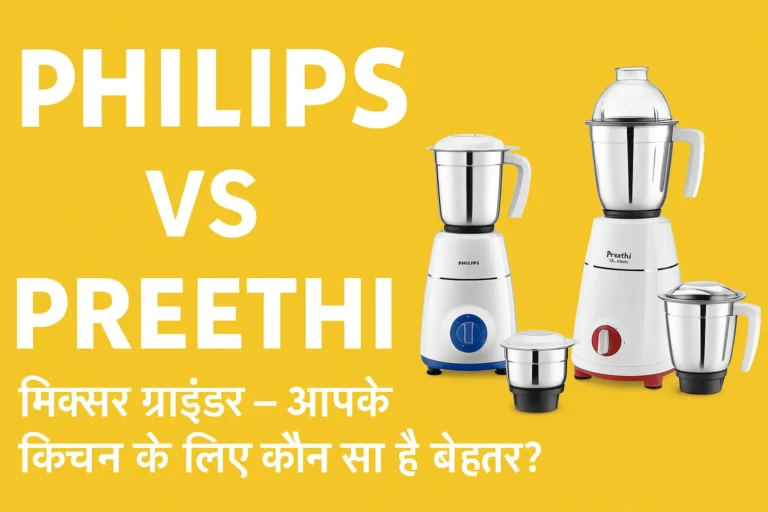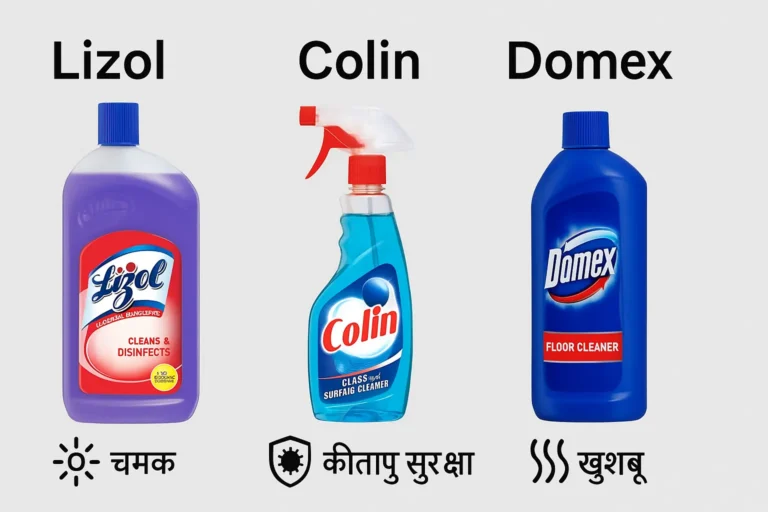सभी त्योहारो ki tarah ही HOLI (होली – विकिपीडिया) bhi भारत मे bade dhum dham से मनाई जाती he. होली ke एक दिन pehle HOLI – dahan मनाया जाता हे jisko log बुराई pe अच्छाई ki jeet का प्रतीक mante he.
HOLI तो हम sab Khelte हे or Holi ko रंगो (colours) ka त्योहार bhi kaha जाता हे । Par kya आपको malum he जो colours हम Holi मे use करते he ya कोनसे karne चाहिए ? HOLI ke त्योहार me Markets मे भारी मात्रा me रंगो ka लेनदेन ya ख़रीदारी chalu ho jaati हे । Jisme hame तरह – तरह ke colours dekhne को milte हे । Par ussi बीच kuch लोग एसे-एसे TOXIC colours का use karte हे jiske नुकसान se wo खुद bhi अंजान hote he.
आज ham जानेंगे ki hame HOLI ke त्योहार par kyu TOXIC या (पक्के) Colours ka use नहीं करना चाहिए । or होली क्यों मनाया जाता है

Holi is the festival of colours. It is one of the most loved festivals celebrated in India. On holi, it’s a tradition to wish friends and family by applying vibrant and attractive colours on them. Everyone from children to elderly people, enjoys this festival.
The famous quote “Bura na mano holi hai” implies that all playful mischief is allowed in holi. Hence, even though many people get irritated by the chemical colours applied to their skin and hair, they don’t say anything.
Nowadays, synthetic colours are used to play holi. These colours are made from harmful substances like acid, glass powder, industrial dye, copper sulphate, lead oxide etc.
These toxic substances are harmful to the skin, cause eye pain, degrade hair quality, and can also cause health complications.
There’s a need for change in the trend. Toxic colours should be banned as they are harmful. Instead of them, only natural colours should be used.
Basic Comparison Table for better Understanding
COLOURS TYPE | ORGANIC | TOXIC |
HEALTH WISE | GOOD | VERY BAD |
SKIN DISEASES | NO | YES |
CAUSE CANCER | NO | YES |
GOOD FOR KID’S | YES | NO |
REMOVAL TIME | TAKES 1 DAY | TAKES MORE THAN 7 DAYS |
KIDNEY FAILURE | NO | YES |
MADE OFF | FLOWERS | CHEMICALS |
RECOMMENDED |
Organic Natural Colours (Gulal) :-

Gulal or abir (Bengali: আবীর) or abhir (Odia: ଅଭୀର) is the traditional name given to the coloured powders used for some Hindu rituals, in particular for the Holi festival or Dol Purnima (though commonly associated with the red colour used in the festival). During होली, which celebrates love and equality, people throw these powder solutions at each other while singing and dancing.
Recent production from natural sources
Recently, the various harmful effects and concerns for the environment (synthetic powders caused temporary wastewater pollution, too) generated awareness and encouraged people to celebrate an eco-friendly Holi. For the preparation of Herbal Gulal, a variety of safe dyes can be used, such as turmeric (Curcuma longa), Indigo (Indigofera) or annatto (Bixa orellana), which are all ingredients easily available on the market at moderate prices.
In the new natural processes to make Herbal Gulal, no salts of any heavy metal have been used and the combination of ingredients provides a powder having soft and supple touch with good sticking capacities to skin. The production profile of dry colour composition is eco-friendly as no toxic ingredients are released under the preparation. In this way, it has been possible to replace synthetic colours with natural ones. Herbal Gulal can be manufactured at higher scale and people who were concerned about synthetic powders can now enjoy rituals without restrictions.
Religious and cultural uses
Gulal powder has always had an important role in Hindu culture and has always been used for religious purposes. Besides Holi festival, the use of coloured powders appears in other ceremonies, such as funerals. In this case, in some populations, a particular ritual occurs when the deceased is a married man. The widow puts on all the ornaments she possesses and takes leave of her husband adorning him with all her jewels. Holding a small brass plate with colored powders, she lets the men participating in the ceremony paint the face of the deceased. This ritual is associated with the one of marriage, in which the bridegroom and the bride anoint themselves with coloured powders for four days before the wedding. This ointment, indeed, is meant to prepare their bodies for conjugal life. Beyond the religious sphere, the consumption of Gulal powder is spread for different uses.
Scientific uses
One interesting use of this powder has been developed in the field of latent fingerprints. A study by Punjabi University of Patiala shows that the application of Gulal or food colours to latent fingerprints can give clear results. During this study, a few grams of dry colours were taken and sprinkled over different surfaces, such as normal paper, on top of CDs, over aluminium foil and aluminium sheets. It was concluded that commonly and easily available agents are a useful substitute for the decipherment of latent prints.
Curiosities
Indian manufacturers of Holi colours are facing huge losses as Chinese alternatives are selling a lot. A survey reported that Chinese products are more innovative and cheaper by up to 55%, comparing to powders manufactured locally in regions like Uttar Pradesh, Rajasthan, Madhya Pradesh and Gujarat. The invasion of innovative and fancy Chinese products, despite the central government effort to promote ‘Made in India’, is making survival difficult for small manufacturers, most of whom have been engaged in this business for decades .
Coldplay’s video ‘Hymn for the weekend’ was filmed in Mumbai during the Holi festival, using Gulal powder as a central feature.
Legend Krishna :-
A legend narrates that Lord Krishna complained to his mother about the darkness of his skin compared to that of his consort Radha. As a result, Krishna’s mother smeared colours on Radha’s face. This explains why today Holi is celebrated by throwing colours on people.
- Using a natural colour ensures that you do not harm your skin, eyes and hair while playing Holi. The fake colours normally used during Holi are chemical based and can cause harm. Such colours can not only harm your skin, eyes, hair, etc; but also cause permanent disorder to your precious organs.
- Why should we play Holi with natural colours?
The science of using natural colours like turmeric is to cleanse the body and remove unwanted accumulation on the skin. Holika Dahan, on the other hand, is performed to burn all that is dry and dirty to pave the way for new life in the spring.
WHY SHOULD YOU USE NATURAL HOLI COLOURS?
We all have treasured memories of celebrating holi as kids. Of course, at that time, we didn’t care about the quality of the colours we played with. All of us mostly used the loose colour packets to play holi. We use to boost about our skin being stained for days but we didn’t realise about the harm these colours brought.
Now there’s enough awareness about the dangerous effects of these chemical colours. Today, as adults we want to choose better for ourselves and also for the future generation that will follow our lead.
One can also keep up the tradition of playing holi with their friends and family by using natural colours. Natural colours for holi do not contain any toxic substance, artificial colour or chemical. Natural colours contain ingredients that are grown naturally.

WHY NATURAL HOLI COLOURS ARE BETTER THAN SYNTHETIC COLOURS?
Made with natural ingredients: Natural Holi colours are made with naturally grown ingredients like turmeric, beetroot, corn starch, dried rose petals, hibiscus etc.
- Environment friendly: Chemical colours not only harm humans but also the environment. They degrade the quality of land and water. These colours are even harmful to aquatic animals.
- Non-toxic in nature: These colours are 100% natural. No chemical, artificial colour or toxic substance is added to them. These colours are natural and high-quality.
- Skin-friendly: Herbal colours are made up of naturally grown ingredients, so they do not harm your skin in any way. These colours even get washed easily which helps to make your skin clear again in no time.
- Suitable for everyone: Chemicals and artificial colours trigger itching, allergic reaction and skin inflammation. Since natural colours are completely herbal, they are suitable for everyone.
WHAT ARE NATURAL HOLI COLOURS MADE OF?
The difference between chemical and natural holi colours lies in their formation. Otherwise, they look similar. You may feel the difference in their texture if you examine them closely. Natural colours have a smoother texture compared to chemical colours. Before buying natural holi colours, it is important to know how these colours are made. Let’s pick three of the most popular colours used in holi and see how they can be made naturally.
- Pink: The light pink colour is one of the common colours used in holi celebration. To make it natural, corn starch, beetroot and dried rose petals are used.
- Yellow: Yellow is another one of the favourite colours used in holi. To make it natural, corn starch, turmeric and dried lemon peels are used.
- Green: Green colour is a vibrant and lively colour choice for holi celebrations. To make it natural, corn starch, betel leaf and bathua leaves are used.
Summing it up
It is important to look for branded holi colours with standardised packaging when you are in search for them. The brand, labelling and ingredient list assure you that they are indeed natural holi colours.
TOXIC HOLI COLOURS :-
Holi 2023: The hazardous chemicals and substances in Holi colours can play a havoc with your skin, eyes and respiratory system. Here are some expert tips.
Experts say that exposure to harmful substances in holi colours like heavy metals, chemicals and pesticides can have a devastating impact on your skin, eyes and respiratory system.(Pinterest)
While the festival of colour brings an opportunity to connect, rejoice and rejuvenate, not being careful while playing colours can invite major health trouble from allergies to respiratory infections. Experts say that exposure to harmful substances in holi colours like heavy metals, chemicals and pesticides can have a devastating impact on your skin, eyes and respiratory system. Using organic and chemical-free colours can help you evade most of these problems. Children too are at risk and the lead present in the colours can even cause disabilities.
- Respiratory troubles
“Holi colour can also lead to respiratory problems. The colour can enter the mouth and aggravate conditions such as asthma, bronchitis, chronic obstructive pulmonary disease (COPD) which can lead to wheezing, coughing, and mucus (sputum) production. Chromium invites bronchitis, asthma, and allergies,” says Dr Sangita Chekker, Consultant Chest Physician, Wockhardt Hospitals Mira Road.
Besides the mercury in colours can impact our internal organs like kidney, liver, and unborn baby’s health.
“Iron can increase skin sensitivity to light. Silica can lead to dry skin. You need to be alert and report any abnormal changes to the doctor,” advises Dr Chekker.
- Eye allergies
The Holi colours are made up of hazardous chemicals like mercury, asbestos, silica, mica, and lead which are toxic to skin and eyes.
“Eye problems like allergies, corneal abrasion conjunctivitis, and eye injuries are seen. Furthermore, an allergic reaction can cause reddening, swelling, and watery eyes, the chemicals come in contact with the iris, it can cause serious inflammation. The chemicals can smear the lens and cause infection. Many people are not aware of the hazards of these colours and tend to take things lightly,” says Dr Mrinmayee Mukund, Dermotologist, Apollo Spectra Mumbai.
- Skin infections
“Holi colours have heavy metals, broken pieces of glasses, chemicals, and pesticides in them. A majority of people complain of bacterial skin infections, skin allergies or contact dermatitis, rashes, itching, burning sensation, and hives after playing with Holi colors,” adds Dr Mukund.
- Preventive tips
* Use organic colours and moisturize or oil your skin before playing Holi.
* Use good sunscreen, sunglasses for the eyes, and avoid wearing lenses.
* Avoid touching your eyes or rubbing them as it may cause irritation or other eye problems.
* Wear full-sleeved clothes, do not rub your eyes, and avoid using balloons.
* After playing with colors, do not use detergent, spirit, nail polish remover, alcohol, or acetone to remove colors.
* Use a soap recommended by the doctor, don’t scrub, and just moisturize the skin.
- What are the harmful effects of Holi colours on skin?
“A majority of people complain of bacterial skin infections, skin allergies, or contact dermatitis, rashes, itching, burning sensation, and hives after playing with Holi colours. The colours are made up of hazardous chemicals like mercury, asbestos, silica, mica, and lead which are toxic to the human skin and eyes.
Hazards of Holi Colours
Lot has been said and heard about Eco friendly Holi colour celebration. Here are some fact one should consider before playing with holi colours. Though there is some awareness about eco friendly holi colour but most of the time the fact is ignored about chemical based holi colours.

Increase in usage of industrial chemicals in holi colours have added risk to our life. There is a severe health concerns raised during recent years due to use of hazardous colours during Holy festival. Most people are also unaware of the components used to make these colors.
It is increasingly become very important to create awareness of chemicals being used in the colours.
Types of Colours:
1) Paste Colours:
Below are the paste colours and it’s hazards
| Colour | Chemical | Effects |
| Black | Lead Oxide | Renal Failure* |
| Green | Copper Sulphate | Eye allergy, pufiness & temporary blindness |
| Red | Mercury Sulphate | Skin cancer |
| Blue | Prussian blue* | Dermatitis |
* Prussian blue – A deep blue pigment used in painting and dyeing
* Renal Failure – inability of the kidneys to excrete wastes and to help maintain the electrolyte balance.
2) Dry Colours
Dry colours are usually Gulals.
Gulal contains:
a) Powdered Glass – Gives shiny colour to Gulal – get deposited in the kidney, liver and bones. This directly affects the metabolism functions can lead to eye damage
b) Asbestos or silica – used as base material – causes cancer cause asthma, skin diseases and temporary blindness.
3) Wet Colours:
Wet Colours are water based colour which get easily dissolved in water consists of high alkaline base. It is made from toxic compounds mixed with engine oil. Since liquid in nature can easily enter our health system adding immediate risk.
Tips before buying Holi colours:
- – Check the smell of the colours whether made using engine oil or other chemicals.
- – Read the instructions on the colour packet carefully. Avoid the colours which are specified for industrial use.
- – Avoid colours if you notice glass powder.
- – Buy Eco friendly colours.
- – Make natural Holi colours at home
Conclusion:
The preparation of Holi colours lack any quality checks. Use of toxic colours should be discouraged, and all doctors should caution people against using synthetic dyes. Manufacturing of Holi colours must be put under guidelines of the Food and Drug Cosmetic Act and the Bureau of Indian Standards.




